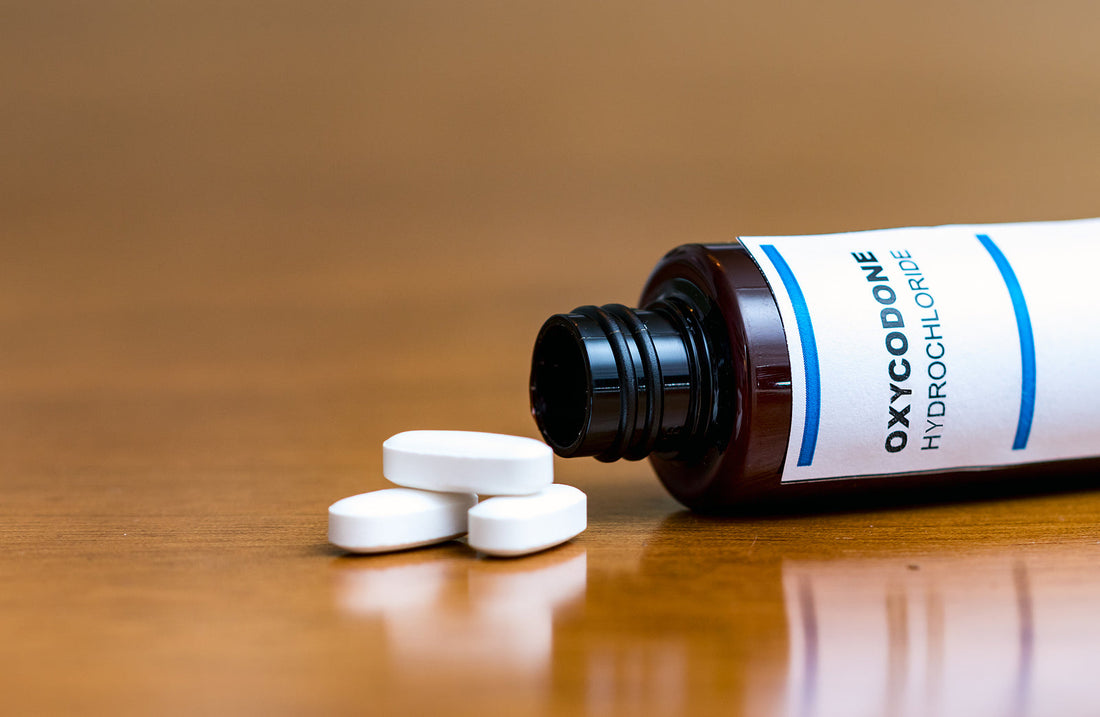
The Developing Opioid Crisis in Australia
Share
Opium poppies are one of the oldest known plants on earth. Naturally grown in Europe, India and the Middle East for many millennia, opium poppies were used for their therapeutic and anaesthesia properties, as well as for rituals in ancient civilisations. Fast forward 4000 years to now, and opium poppies reveal a whole different story. In fact, the “opium crisis” is now a defining health issue that has surfaced in many countries around the world, most notably the United States of America – and now Australia.
How did we begin to misuse opioids?
In 2017, a public health emergency was declared in the US, after an explosion in the misuse of prescriptions (oxycodone) and illegal opiates (such as heroin and fentanyl) became apparent. According to the Health Department, there were 130 deaths a day due to the misuse of prescription opioids.
Here in Australia, deaths from unintentional drug overdoses that came from opioids, such as oxycodone, codeine and heroin, had increased 38% between 2001 and 2017. Disproportionate numbers were noted in regional Victoria and New South Wales.
In 2018, the Australian Government launched a crackdown on prescription opioids, alerting over 5000 GPs that their opioid prescriptions were being monitored. However, it must be noted that while opioids have the capacity to cause harm, they are also one of the most powerful pain relievers. Initial pain killer use for injury can lead to dependency and increased use above what is prescribed. This is how these ‘magic bullets’ end up leading to a dependency situation, and in many cases, overdoses.
The use of oxycodone and fentanyl in Australia
While fentanyl and oxycodone can be prescribed legally in Australia by a doctor as a strong painkiller, it is sometimes produced in factories and distributed without prescription.
Between 2005 and 2017, it was reported by The Pennington Institute’s Australian Annual Overdose Report 2019 that the number of deaths from fentanyl overdoses had increased from 12 to 198. Fentanyl is 50-100 times more powerful than heroin.
Nearly 2 million Australian adults use prescription opioids per year to manage pain, with around 50,000 of these individuals becoming long-term dependent users.
Addressing the opioid crisis in the US and Australia
In the US, President Donald Trump banned all imports of synthetic opioids from China, after discovering that fentanyl was manufactured in labs in mainland China.
It is still unclear whether the Morrison Government will reduce the supply of opioids through sanctions or cooperation with China. This is largely due to the size and lack of transparency within the Chinese illicit drug industry: identifying and monitoring those involved in the unregulated production of synthetic fentanyl would be challenging without assistance from the Chinese government.
Australia, having recognised the problem earlier than the US, has readjusted its approach to treating pain with opioids directly after surgery, but then weaning the patient off it quickly.
Addressing a potential opioid crisis in your workplace
If you feel that any of your employees have become dependent on opioids and it is affecting their performance at work, MediNat offers a range of testing kits suitable for onsite drug testing, including testing for oxycodone and Fentanyl. If you would like to implement drug testing at your place of work, ask us about our accredited Drug & Alcohol Tester Training. We can equip you with the knowledge on how to administer saliva drug testing, alcohol breathalysers and other testing products.
